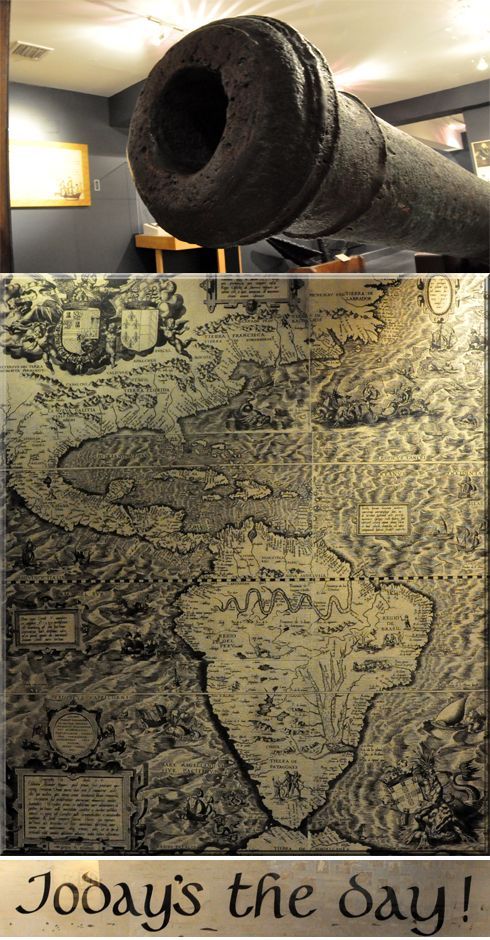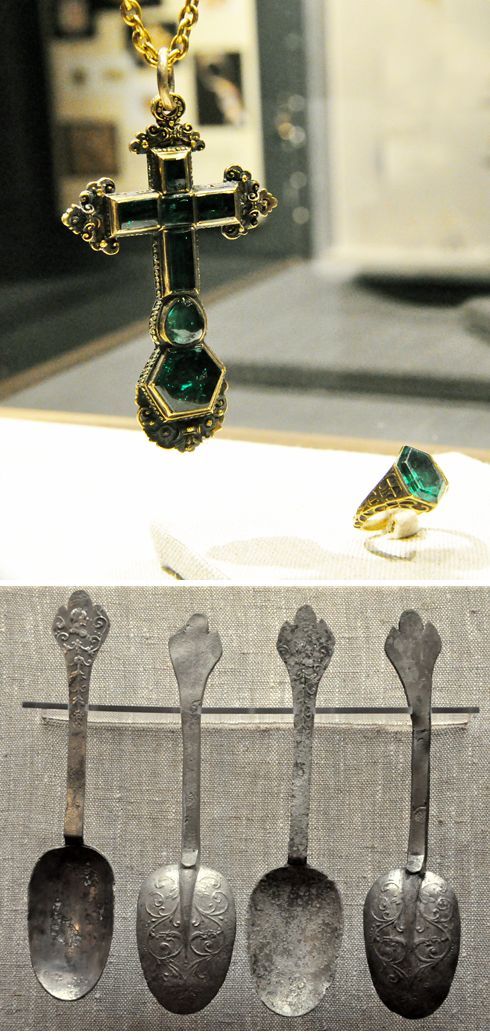- Revenue Cycle Management
- COVID-19
- Reimbursement
- Diabetes Awareness Month
- Risk Management
- Patient Retention
- Staffing
- Medical Economics® 100th Anniversary
- Coding and documentation
- Business of Endocrinology
- Telehealth
- Physicians Financial News
- Cybersecurity
- Cardiovascular Clinical Consult
- Locum Tenens, brought to you by LocumLife®
- Weight Management
- Business of Women's Health
- Practice Efficiency
- Finance and Wealth
- EHRs
- Remote Patient Monitoring
- Sponsored Webinars
- Medical Technology
- Billing and collections
- Acute Pain Management
- Exclusive Content
- Value-based Care
- Business of Pediatrics
- Concierge Medicine 2.0 by Castle Connolly Private Health Partners
- Practice Growth
- Concierge Medicine
- Business of Cardiology
- Implementing the Topcon Ocular Telehealth Platform
- Malpractice
- Influenza
- Sexual Health
- Chronic Conditions
- Technology
- Legal and Policy
- Money
- Opinion
- Vaccines
- Practice Management
- Patient Relations
- Careers
Key West: Here Be Monsters and… Treasure
Key West's rich maritime history ought to earn it an X on your vacation travel map. This week, the story of a treasure ship buried deep beneath the sea for centuries, until a stubborn Florida explorer fought the odds--and the state--to claim the buried treasure.
“Once you’ve seen the ocean bottom paved with gold, you’ll never forget it.” Mel Fisher

“Today’s the day!” said Mel Fisher—every day for 16 years. Today was the day, he hoped, that he would find the wreck of the Spanish treasure ship Atocha.
July 20, 1985 came at last for Mel Fisher after 16 years searching for the fabled lost galleon Nuestra Señora de Atocha that had sunk somewhere in 1622 “in the trackless, always-changing sea floor of the Florida Keys.” Its cargo included 15 tons of Cuban copper, 12 tons of royal tobacco, bales of indigo, and 40 tons of treasure of emeralds and silver and gold. Furthermore the ship was overloaded with boxes of personal treasure of 38 royal passengers and 35 friars had personal boxes of treasure skinned from their Church, a secret additional 7 tons of treasure. When the Atocha sank, 260 of the crew aboard drowned with it; there were only 5 survivors, all found clinging to the broken mizzenmast in 55 feet of water. It was said that “when this royal galleon went down so hastened the decline of the Spanish Empire.”
Wrote writer Jedwin Smith, author of Fatal Treasure, “Two centuries before the rise of the British Empire, the sun never rose on the Spanish Empire, due in large part to its concept of diplomacy: Invade and conquer, then systematically pillage those stomped beneath their boots. Naturally, transporting the treasure back home to Spain was somewhat of a problem. Then again, the Spanish were the greatest seamen of their day, and their warships, the multi-gunned galleons, pretty much ruled the waves.”
But not the weather.
Three hundred and fifty years later, no one subsequently had been looking in the right place for the Atocha: neither the Spanish surveyors who arrived in haste weeks after the hurricane that had sunk 8 of the treasure ships out of a fleet of 28 heading from Peru to Spain, nor modern international treasure hunters, confident local scuba divers, Spanish historians, marine salvagers, “weekend warriors,” retired sea captains and fishermen, and members of the Mel Fisher family themselves.

The gold salver was used by a servant to taste food to prove it was not poisoned. The salver is intricately decorated by a masterful artisan and has 2 marks on the back to show Spain’s quinto tax in the New World has already been paid. The Atocha gold bowl was restored by a conservator. It has an interior setting to hold a benzoar stone, a gallstone from a llama or goat, believed to be a universal antidote to poisons in the Middle Ages. Actually, modern research is said to show a stone made of hair and calcium contains a protein that binds with arsenic, the most common poison used in European courts! Those stones were worth more than 10 times their weight in gold.
What Mel Fisher’s team finally found was “a historical glimpse of 17th century Spain, and pottery, K’ang Hsi porcelains and navigational instruments, and weapons and cannons and anchors…” and hundreds of thousands of silver pieces, gold bars and thousands of emeralds including an intricate emerald cross apparently destined for the Pope and gold link chains as long as 60 feet.
No wonder Mel Fisher feels he can ham it up! He found a fortune.
The Fisher team finally found the “Mother Lode” as a fused aggregate, a silver mass of silver 40 feet long, 20 feet wide and five feet tall. With care it could be refined into its individual pieces.
And with care individual silver artifacts could be revealed as historical treasures.
Mel served with the US Army Corps of Engineers during World War II and was the first person in Florida to learn to dive with SCUBA equipment. He had the first dive shop in Florida. The Fisher family went into partnership on a handshake, full-time for one year with no pay with treasure hunter Kip Wagner. One day before the year was up they found part of the 1715 sunken Spanish Plate Fleet: 1,033 gold coins in one day and a total of 2,700 gold coins in a week. Originally the find was valued at $20 million. But it was not what the Fisher family called the Mother Lode.
Fisher’s attention always returned to a greater prize: the Atocha. His friend Eugene Lyon, PhD, a specialist in Spanish maritime history was flying to Seville, Spain to review historic documents in the Archive of the Indies and Fisher asked him to get whatever information he could on where the Atocha went down.
They had been looking in the wrong place!
A second hurricane after the first had moved and scattered the wreck and the Spanish words for the area of the Central Keys had been interpreted as a specific key and not several.
One of Fisher’s sons and his daughter-in-law were sure the family was looking in the wrong place. They played their hunches and found 6 bronze cannons. Exciting! The search took its toll: In July 1975 the eldest son, Dirk Fisher, his wife Angel and diver Rick Gage died when their boat sank due to a bilge pump failure.
That the Fisher quest was ultimately successful wouldn’t ease a mother’s pain. But perhaps the success off Mel’s 108 lawyer hours and costs of $1.6 million to fight the rapacious State of Florida helped.

The Atocha spoons are pewter but the emerald ring and the cross above it is special. It is made of 18 carat gold and set with seven high-quality emeralds from Colombia’s famous Muzo mine. “The reverse is inscribed with representations of the Virgin Mary and child, and St. Anthony of Padua, an emblem for the Franciscan Order, and ironically, the patron saint of lost things.”
And years later on Aug. 21, 1978, Judge William O. Mehrtens, US District Court of the Southern District of Florida ruled against the State of Florida, saying:
“It would amaze and surprise most citizens of this country, when their dream, at the greatest of costs, was realized, that agents of respective governments would, on the most flimsy grounds, lay claim to the treasure.”
Says Jedwin Smith in his book Fatal Treasure: “It was the richest treasure find since the opening of King Tut’s tomb in the 1930s.”
Photographs by Authors
The Andersons, who live in San Diego, are the resident travel & cruise columnists for Physician's Money Digest. Nancy is a former nursing educator, Eric a retired MD. The one-time president of the New Hampshire Academy of Family Physicians. Eric is the only physician in the Society of American Travel Writers. He has also written 5 books, the last called The Man Who Cried Orange: Stories from a Doctor's Life.
